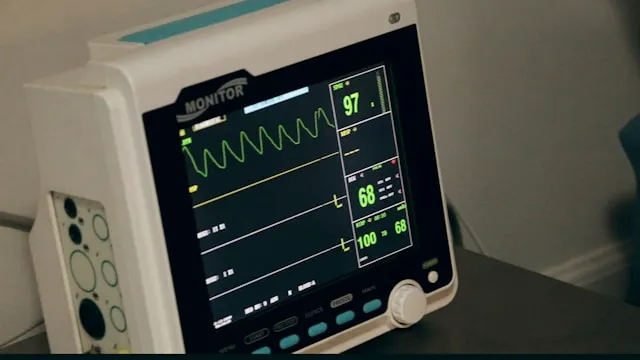Nearly half of the people who experience a heart attack don't realize it instantly.
Such heart attacks are only diagnosed after a thorough checkup when a doctor records your heart's electrical activity or conducts other tests that reveal the level of damage to the heart.
Some people confuse their symptoms like muscle pain or indigestion, while others feel pain in their upper body. Such heart attacks are called silent Ischemia.
What Is a Silent Heart Attack?
A silent heart attack has no symptoms or extremely minimal symptoms that go unrecognized most of the time. A heart attack is called silent when it does not show obvious signs. A heart attack is also called a myocardial infarction. It occurs when your heart does not get sufficient oxygen. As a result, a blood clot forms in the heart that keeps the blood from flowing through the coronary arteries. Here are some other factors that can cause a heart attack:- Emotional or physical stress
- Intense physical activity
- High blood pressure
Hard to Recognize Symptoms of a Silent Heart Attack
Missing the symptoms can make it difficult to identify a heart attack for weeks or even months. When a healthcare provider runs an ECG or conducts various other tests, they determine the level of damage caused to the heart. This helps identify a coronary problem or heart attack. A silent heart attack often has no symptoms, minimal symptoms, or hard to recognize symptoms. But since it is like any other heart attack, the blood flow to the heart is temporarily blocked, which causes scarring and damage. Most patients complain about fatigue or pressure. A silent heart can make you feel like you have flu or sore muscles in the chest or back. You may experience jaw ache or pain in the upper back or arms. Patients also feel that they have indigestion. These symptoms differ from the symptoms of a traditional heart attack.- Shortness of breath
- Discomfort in the upper body
- Chest pain
- Lightheadedness
- Nausea
- Vomiting
- Cold sweats
- Exhaustion
What to Do During a Silent Heart Attack?
The silent heart attack has many complicating factors since the symptoms go unnoticed. When people do not recognize the symptoms, it can cause other health complications. However, if you notice any of the hard-to-recognize symptoms, you must contact the hospital immediately. In addition, you must clarify that it is not panic or an anxiety attack and that you may be having a cardiac arrest.How to Get Checked Out for a Silent Heart Attack?
Many people get checked after experiencing persistent fatigue, heartburn, or shortness of breath. An electrocardiogram or an echocardiogram detects a silent myocardial infarction. They highlight the damage to the heart muscle. Another popular method for checking a silent heart attack is a blood test for the molecular footprints of the compound troponin T. Heart cells release troponin T if they are injured. This test is usually conducted on patients with heart attack symptoms. Once the doctor diagnoses a silent myocardial infarction, they identify the primary risk factors to design a treatment plan for you. This includes changing your diet, adding exercise to your routine, monitoring your health with the app, and taking medications to prevent another heart attack. If you notice any silent heart attack symptoms, you must consult a healthcare professional. It is wise to stay alert and learn about the potential harms of a heart attack. You should never neglect mild chest pains as they could result in something more serious.Tests That Help Diagnose a Silent Heart Attack
Most silent heart attacks are diagnosed after weeks or months. They are diagnosed by the following:- Blood tests
- Physical exam
- Electrocardiogram (EKG/ECG)
- CT scan
- Coronary angiography
- Exercise stress test
- Echocardiogram
- MRI
- Nuclear stress test
Reducing the Risk of a Silent Heart Attack
You can take vital measures to reduce the risk of a silent heart attack. For example, taking oral aspirin may prevent a silent heart attack, but you must consult a healthcare provider. Other things that reduce the risk of a heart attack include the following.- Exercise
- Healthy diet
- Quit smoking
- Consuming low-fat products
- Maintaining a healthy weight
- Keeping stress under control
- Controlling high blood pressure
- Stopping the use of tobacco products
Final Words
Discomfort in the center of your chest is a classic symptom of heart attacks. However, since silent myocardial infarctions have nonclassic symptoms, you must get yourself screened if you experience persistent heartburn, upper body pain, or pressure in the chest. Do you require hospitalisation in MS Ramaiah Bangalore? Look no further—find out all you need to know about the safest and most reliable hospitals here.
Reviewed by







